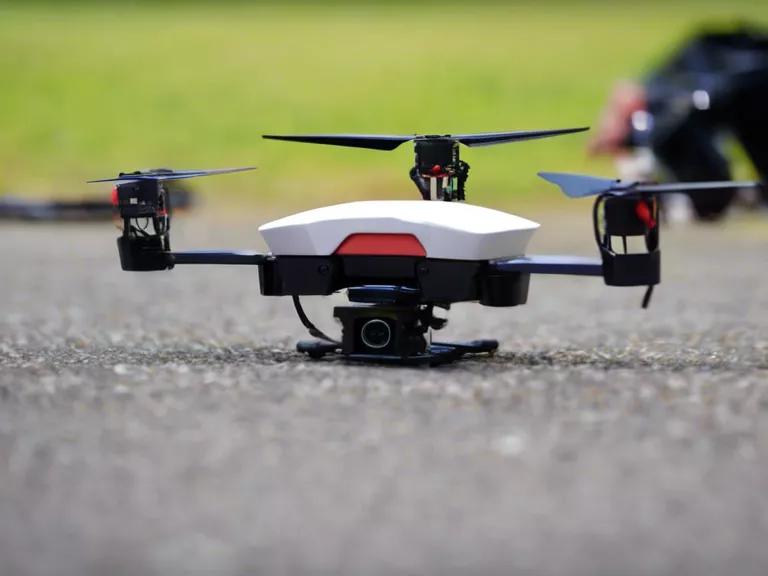
How to Program Basic Commands for DIY Robotics Projects
Robotics projects are a fun and challenging way to learn about electronics, programming, and engineering. One of the key aspects of any robotics project is the programming that controls the movements and actions of the robot. In this article, we will explore how to program basic commands for DIY robotics projects.
1. Choose a Programming Language
The first step in programming your robotics project is to choose a programming language. Some popular options for DIY robotics projects include Arduino (using C/C++), Raspberry Pi (using Python), and Makeblock (using a block-based language). Choose a language that you are comfortable with and that is well-suited to the capabilities of your robot.
2. Understand the Basics of Robotics Programming
Before you start coding, it's important to understand the basics of robotics programming. This includes concepts such as loops, conditional statements, functions, and variables. Make sure you have a solid understanding of these concepts before diving into the code.
3. Write Basic Commands for Movement
The most basic commands you will need to program for your robot are movement commands. These can include commands to move forward, backward, turn left, turn right, and stop. Depending on the capabilities of your robot, you may also be able to program more complex movements such as following a line or avoiding obstacles.
4. Add Sensors and Inputs
To make your robotics project more interactive and autonomous, consider adding sensors and inputs to your robot. These can include ultrasonic sensors for distance measurement, infrared sensors for object detection, and accelerometers for motion sensing. Use these inputs to create more sophisticated commands and behaviors for your robot.
5. Test and Iterate
Once you have programmed your basic commands and added sensors and inputs, it's time to test your robot. Start with simple movements and behaviors and gradually add complexity as you gain confidence in your programming skills. Remember, robotics projects often require a lot of trial and error, so don't get discouraged if things don't work perfectly on the first try.
By following these steps, you can learn how to program basic commands for DIY robotics projects and create your own custom robots. Have fun experimenting with different programming languages and functionalities, and see where your creativity takes you in the world of robotics.



